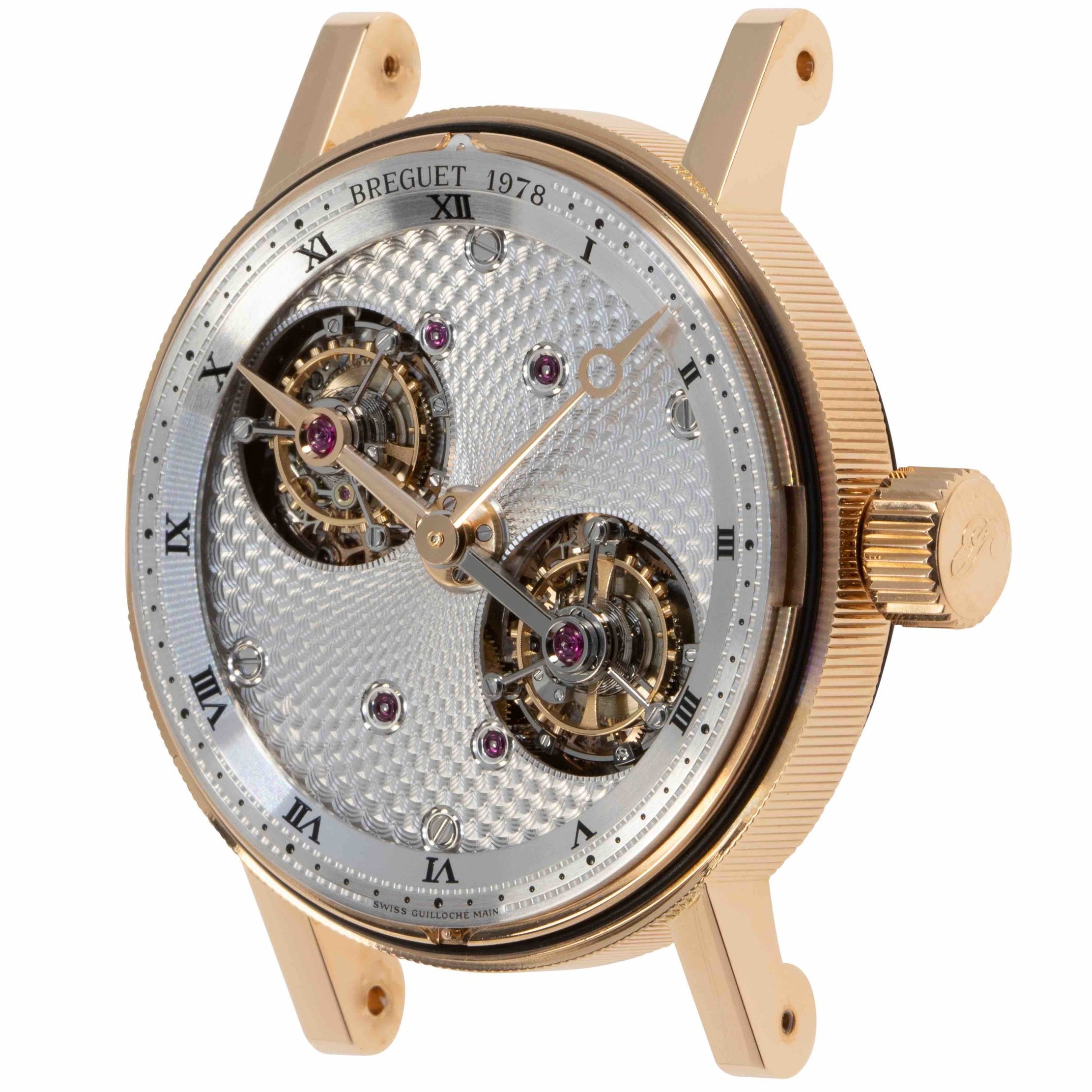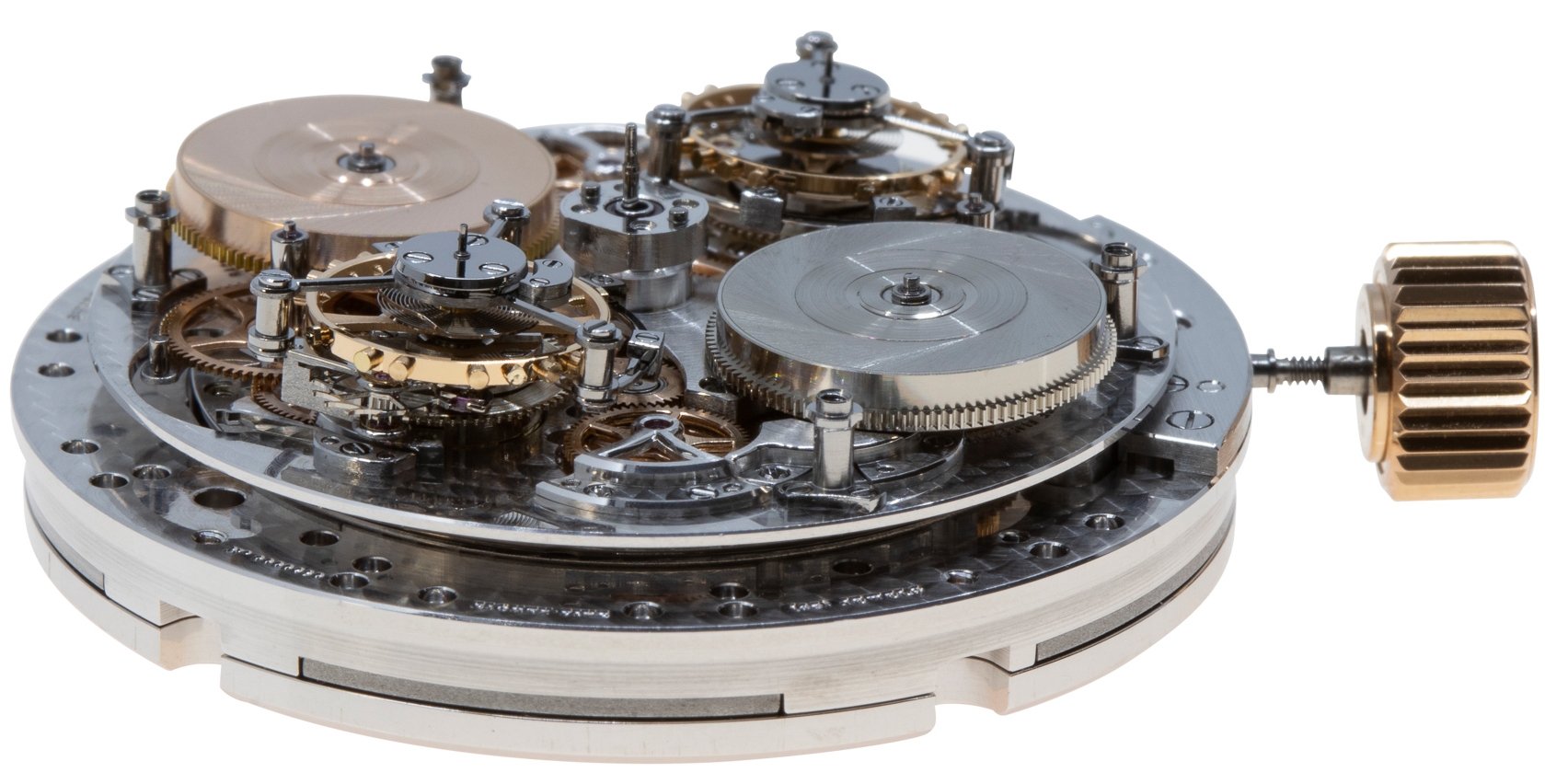The Reason
One of the first orbital multiple tourbillon calibres to be produced with both tourbillons circling the time piece. The hour hand is both the hour indication as well as the tourbillon cage bridge.
(Launched in 2006)
Functions: minute and hour indication.
Winding manual Power reserve 50 hours Calibre 588 Jewels 85 Frequency 2,5Hz Escapement Swiss right angle lever / Balance-spring Breguet free-sprung overcoil Case metal rose gold Sapphire caseback and bezel Diameter 44mm Case thickness 17,05mm Number of components 676
Unlike other Breguet cases the centre of the case is not fluted along a parallel section, the case-back and bezel taper inwards towards the 3 and 9 o’clock positions.
The ‘Classique’ 5347 has a unique serial number which is found both on the dial and case back, then recorded in the company archives.
The compression case back removed.
The compression bezel removed. As with the case-back the black silicon seal to ensure the watch remains water resistant can be viewed.
The complete movement, set into a movement holder. The thickness of the supporting hand/tourbillon bridge can be seen.
The dial is made in 18 carat gold, the guilloché decoration executed on rose cutting engines operated by hand. The dials shown were photographed before and after the serial number was added. The serial numbers are printed after the dials are made and once the dial is associated with the case.
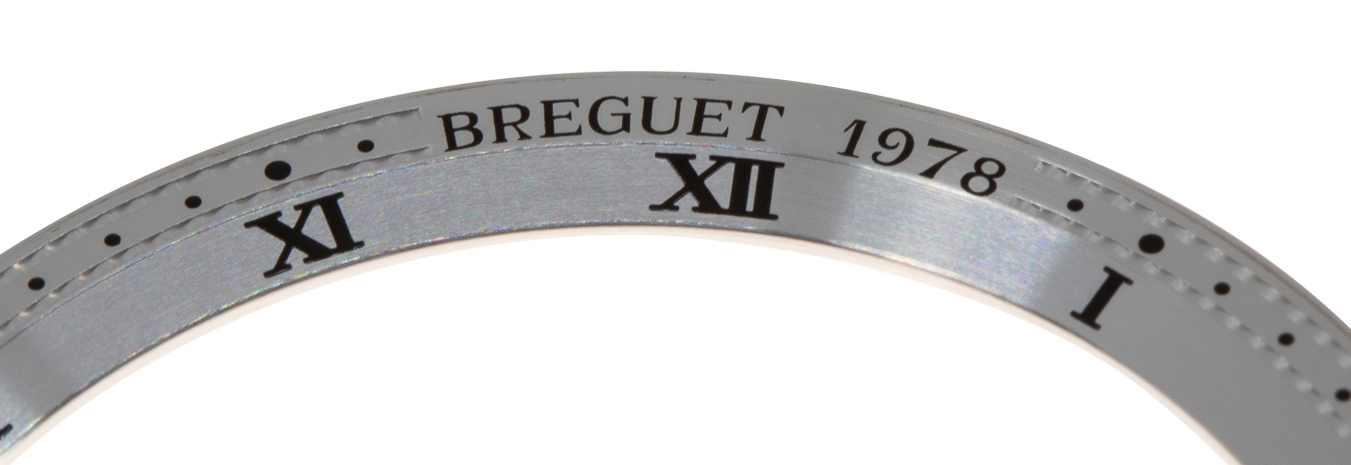
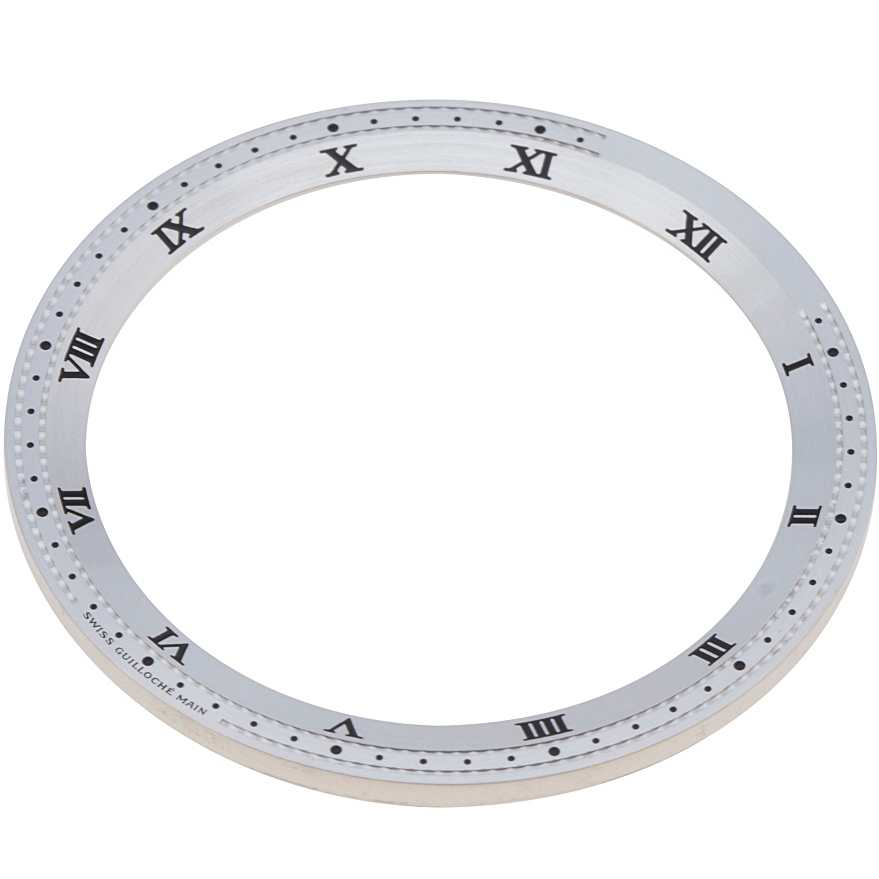
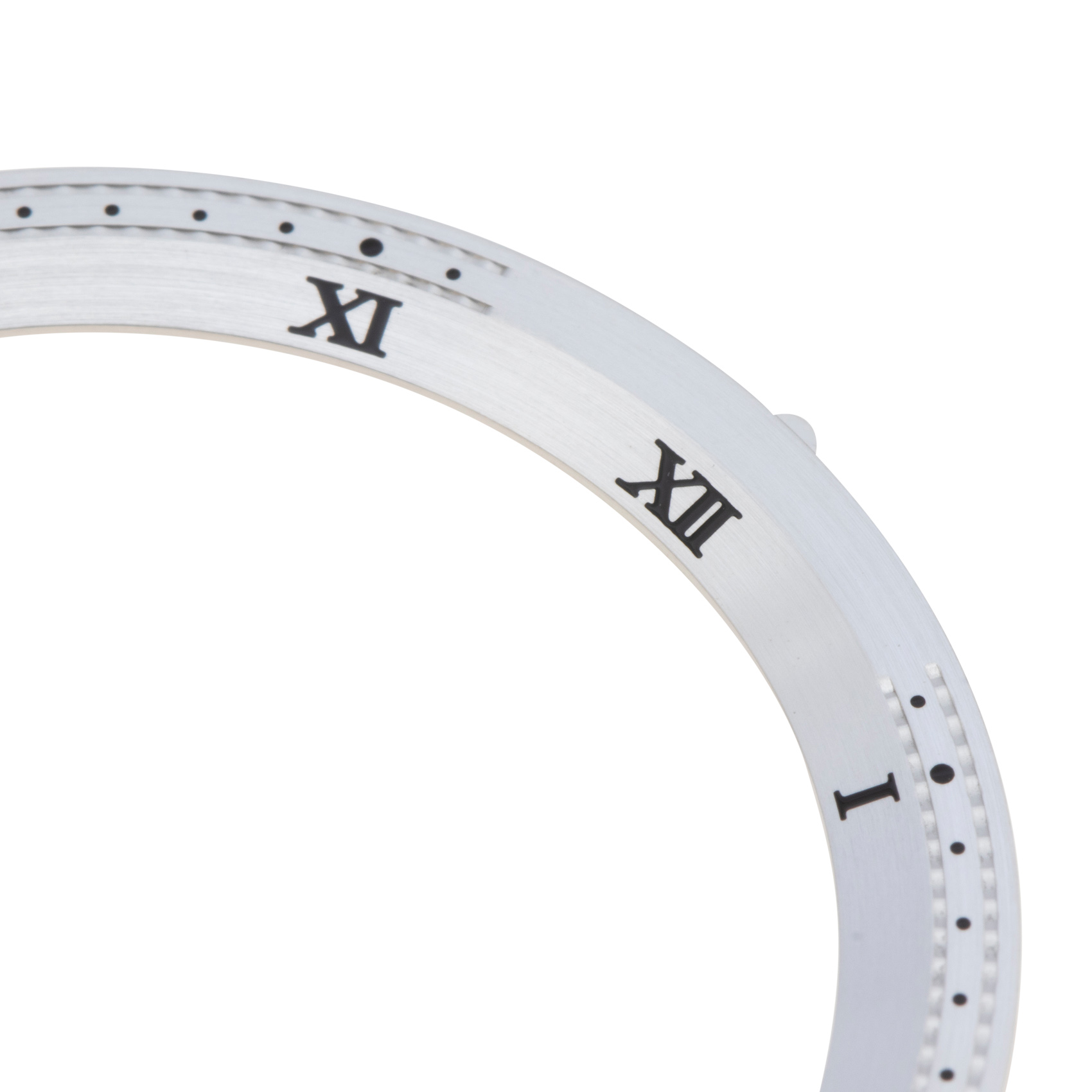
The movement removed from the movement holder.
The 2 hands removed. The hour hand is screwed with 4 inclined screws onto the dial/main bridge and rotates once per 12 hours.
The gold minute hand.
The hour hand/tourbillon bridge. Made from hardened steel.
The inner dial is also the main bridge holding in place the barrels and and second wheels. The visible surface is finished with guilloché and the under side with spotting.
Multiple train wheels can be seen from the back of the movement though the skeletonized gold bridges. All angles are finished by hand and the surfaces straight grained.
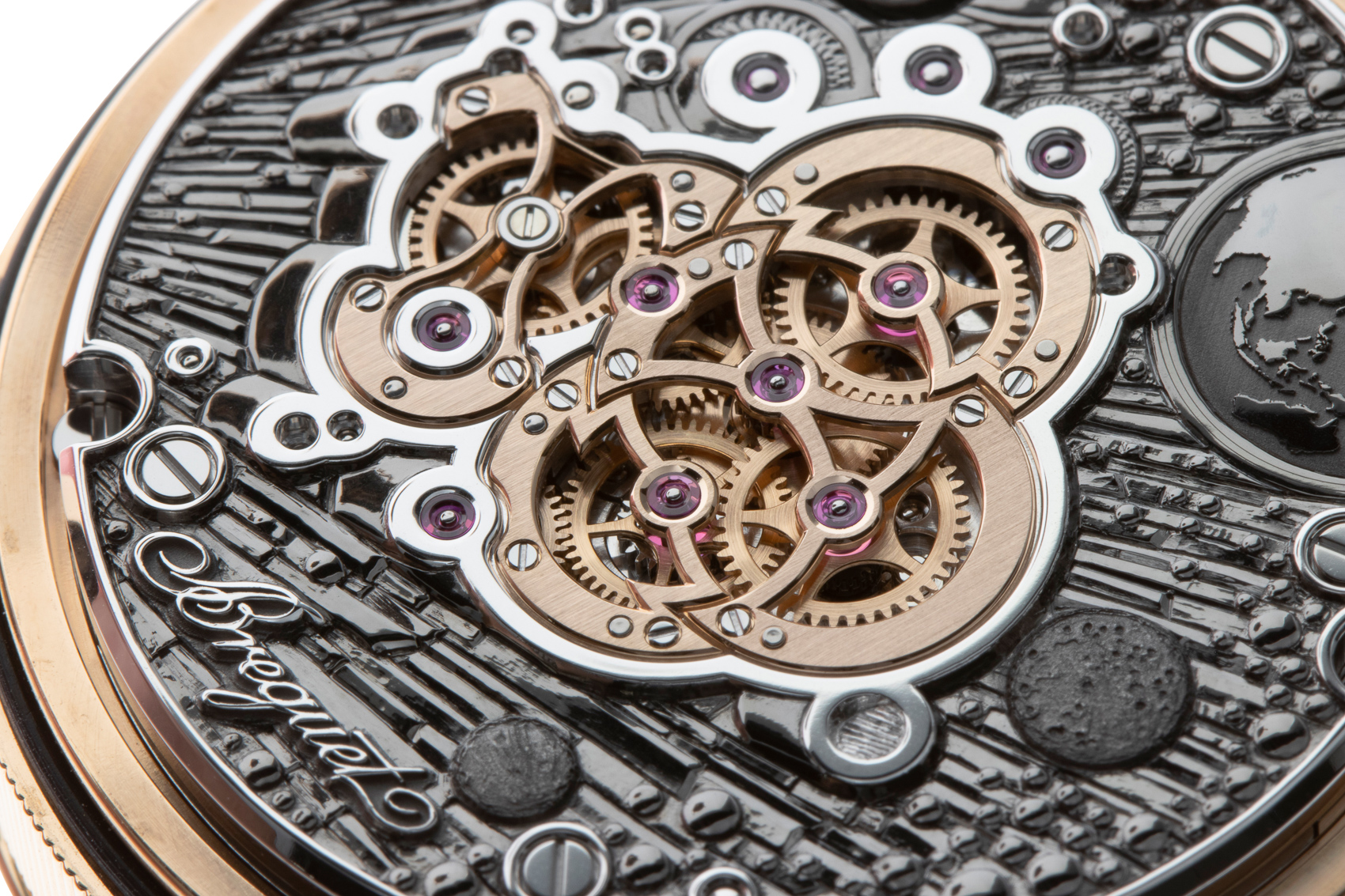
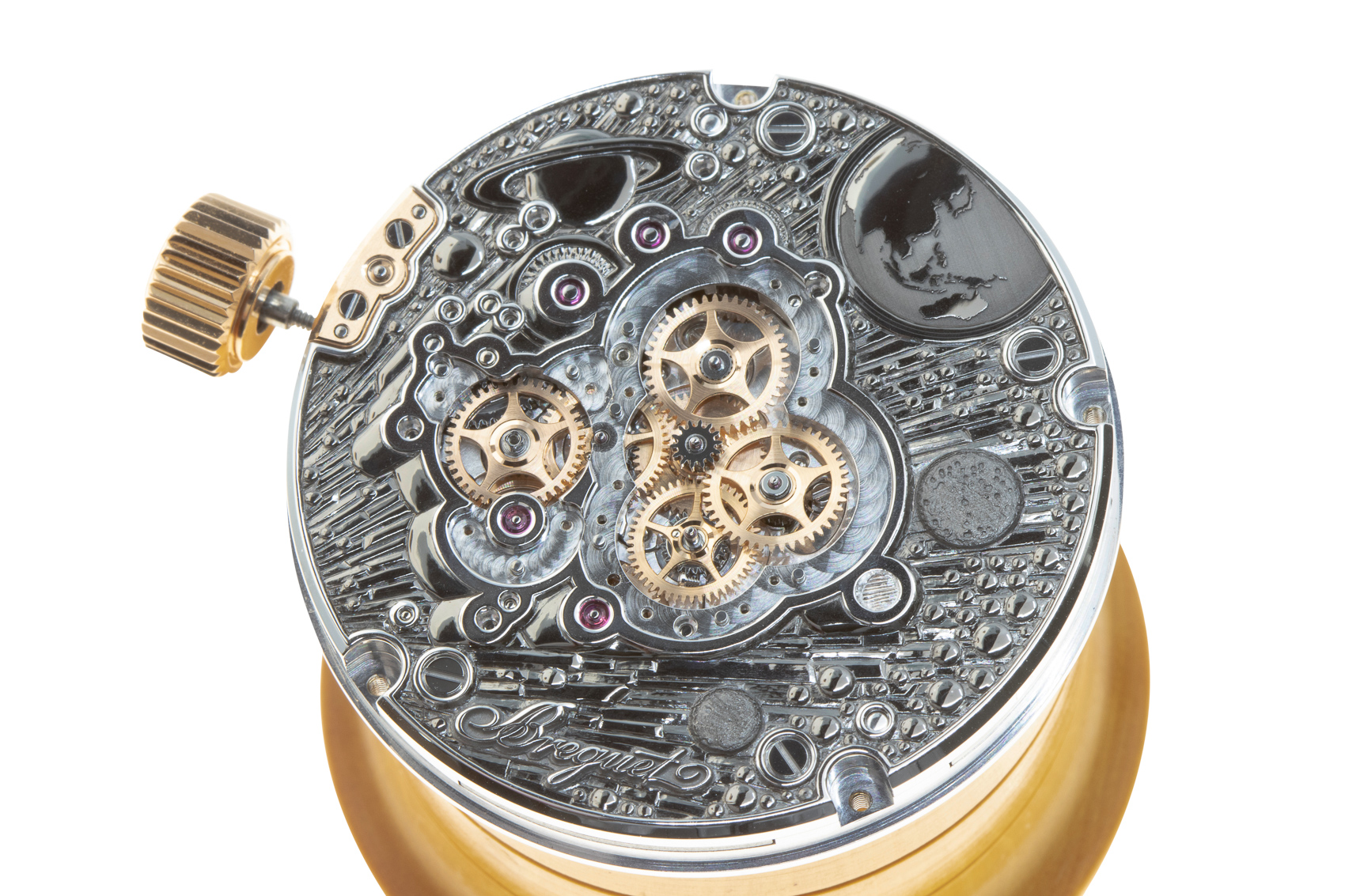
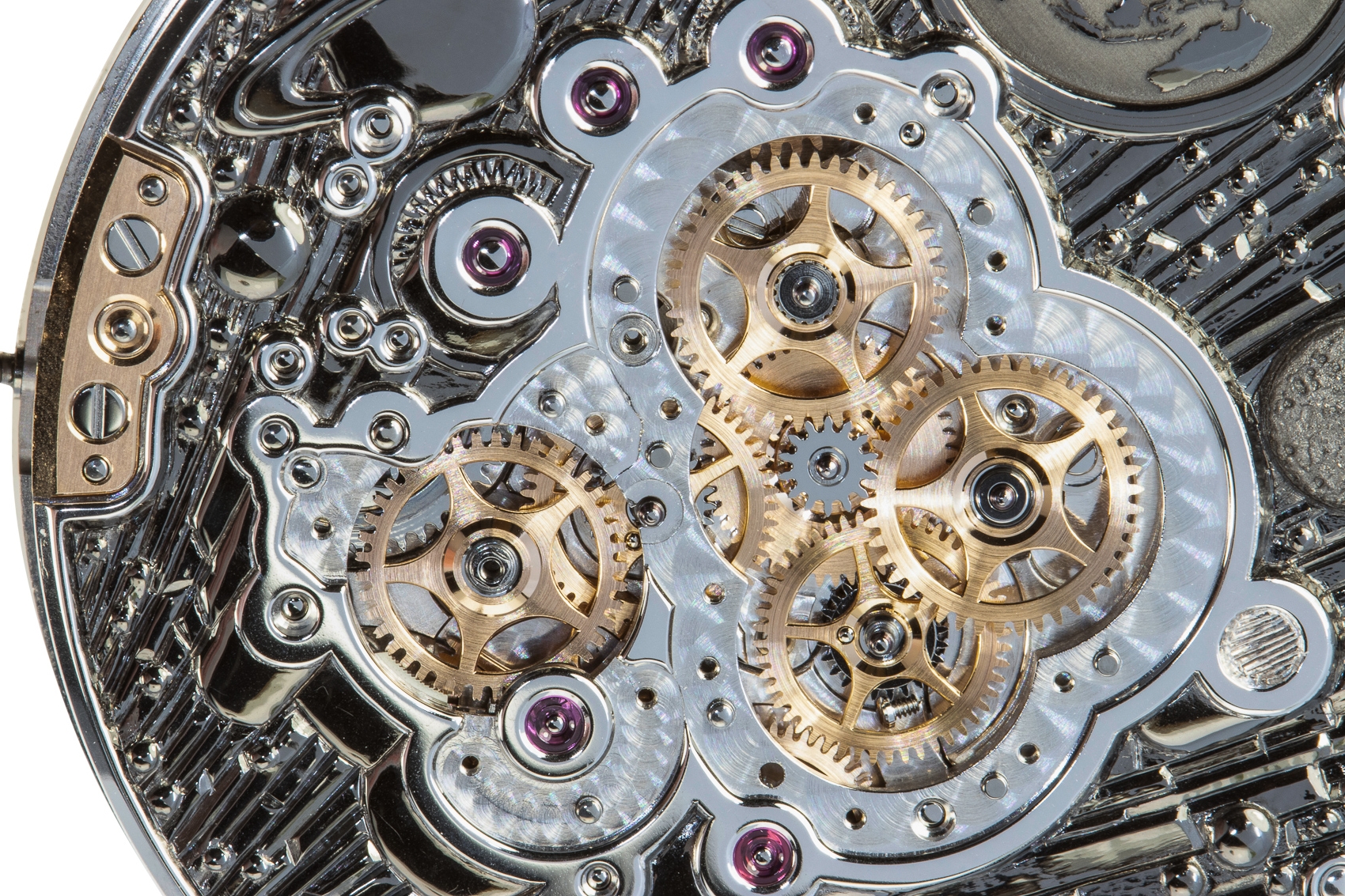
The central bridge assembly removed from the movement.

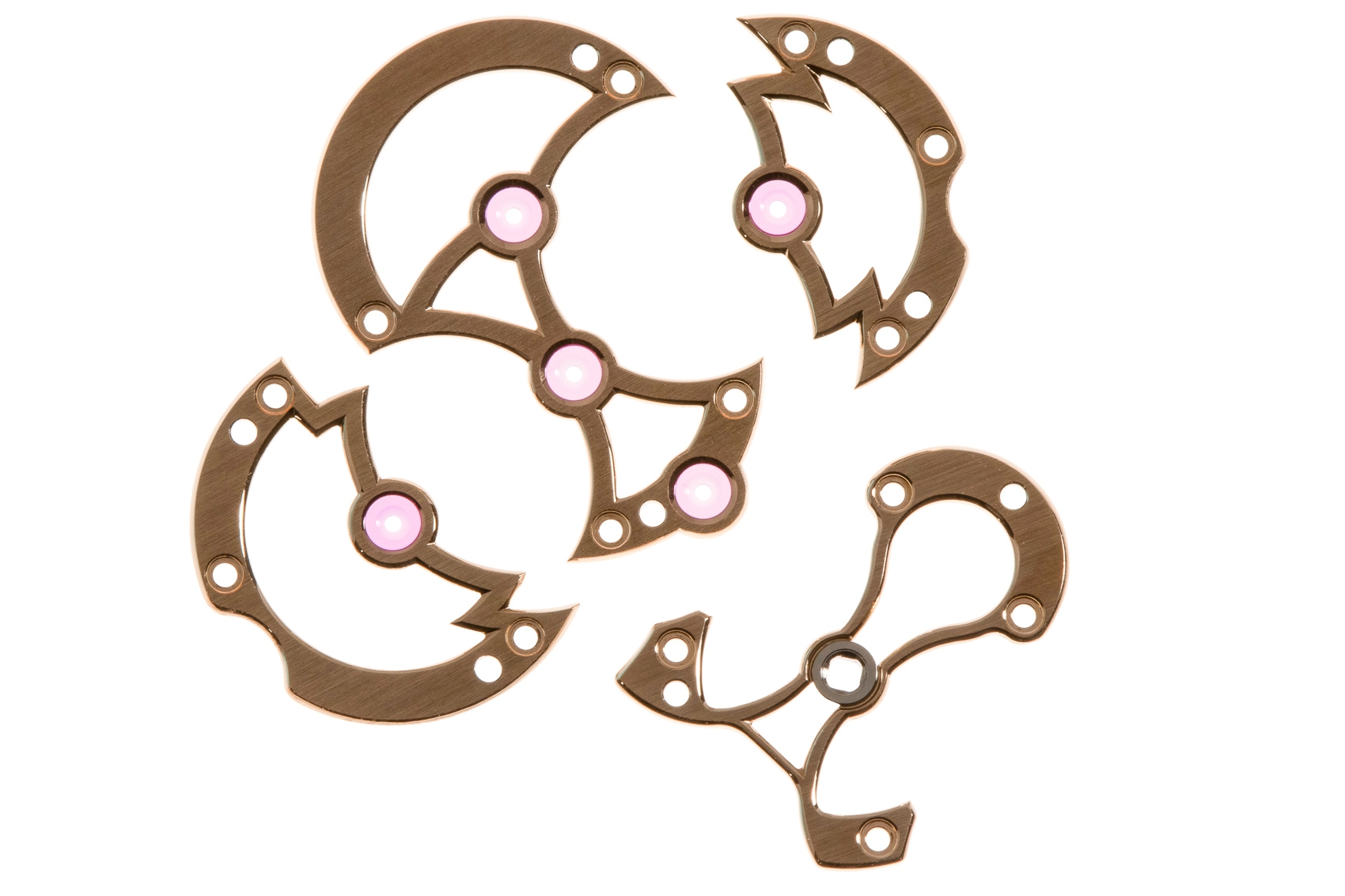
Recto-verso of the main rear bridge.
Views of the dial-side of the movement with dial centre bridge removed. All of the upper section which is based on the smaller plate with the barrels and the tourbillons turns on a large ceramic ball race fixed on the larger lower diameter.
The two barrels which drive the two tourbillons.
The two tourbillons.
The tourbillons removed.
The barrels removed.
The underside of the rear of the movement.
The steel bridges with the diamond holes are shock-absorbers for the orbital section of the movement. The 4 screws secure the piece onto the large main-plate. The screw below the diamond shaped hole secures the large ball race upon which the rest of the movement sits and turns. The ball race can be seen through the larger circular hole.
Diverse components.
The supporting main-plate for the upper turning section.
Summary
The overall construction of the calibre has been conceived for ease of assembly for the watchmaker and protection to the mechanism in case of impact, through multiple shock absorbers connecting the two sections of the movement together. Much of the fascination and finishing of the system is hidden under the dial where the multiple trains and levers are hidden.
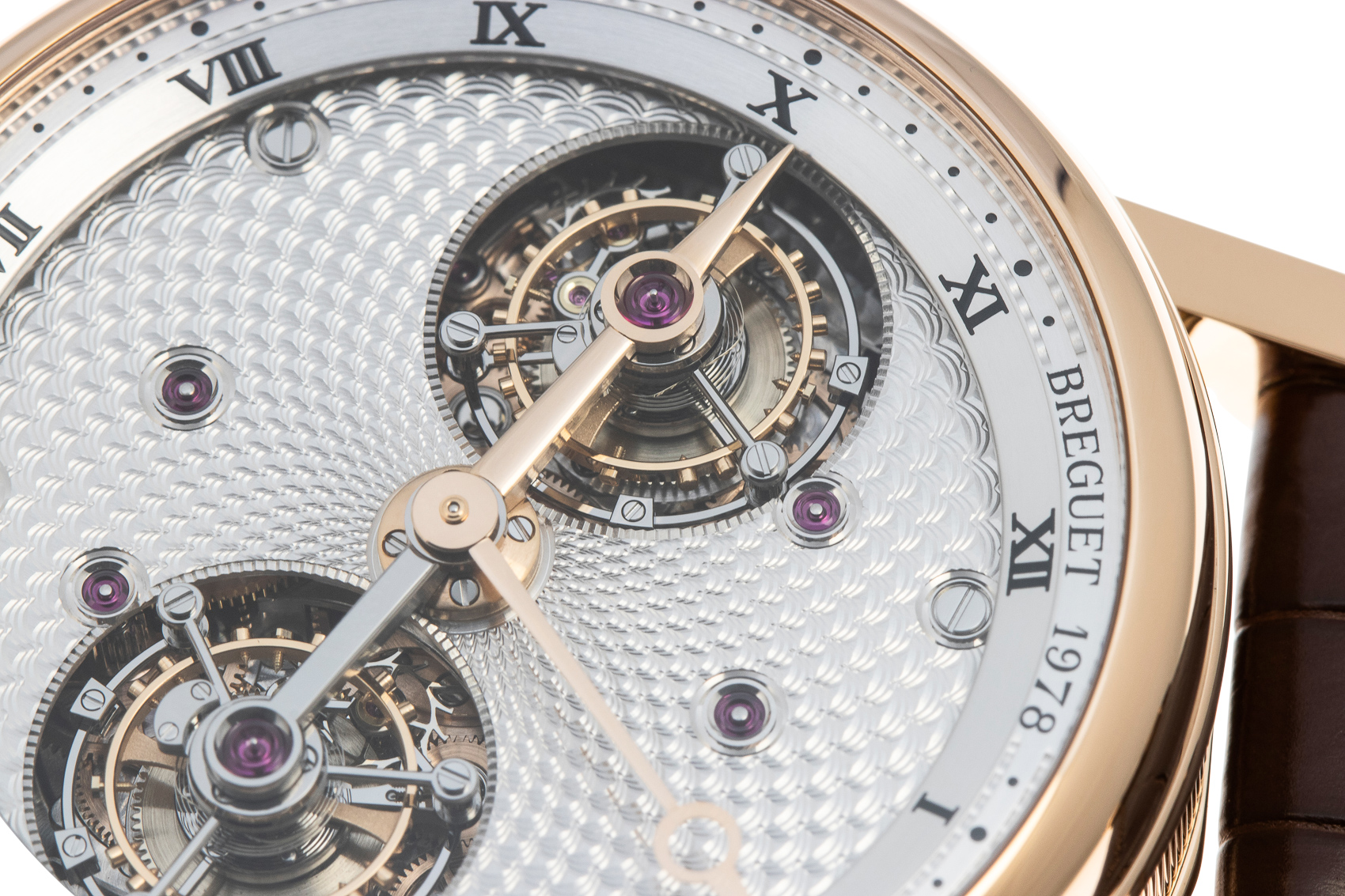
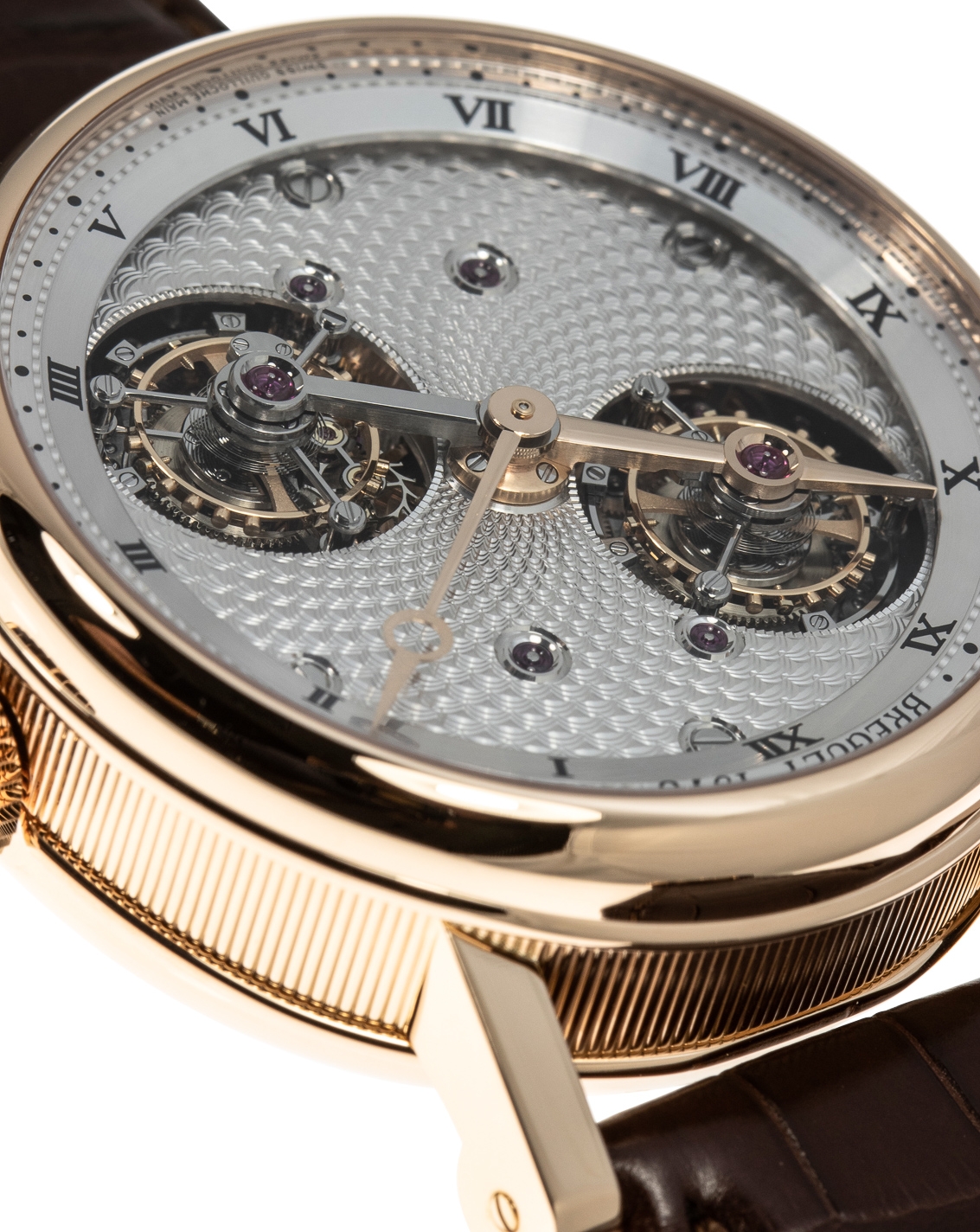
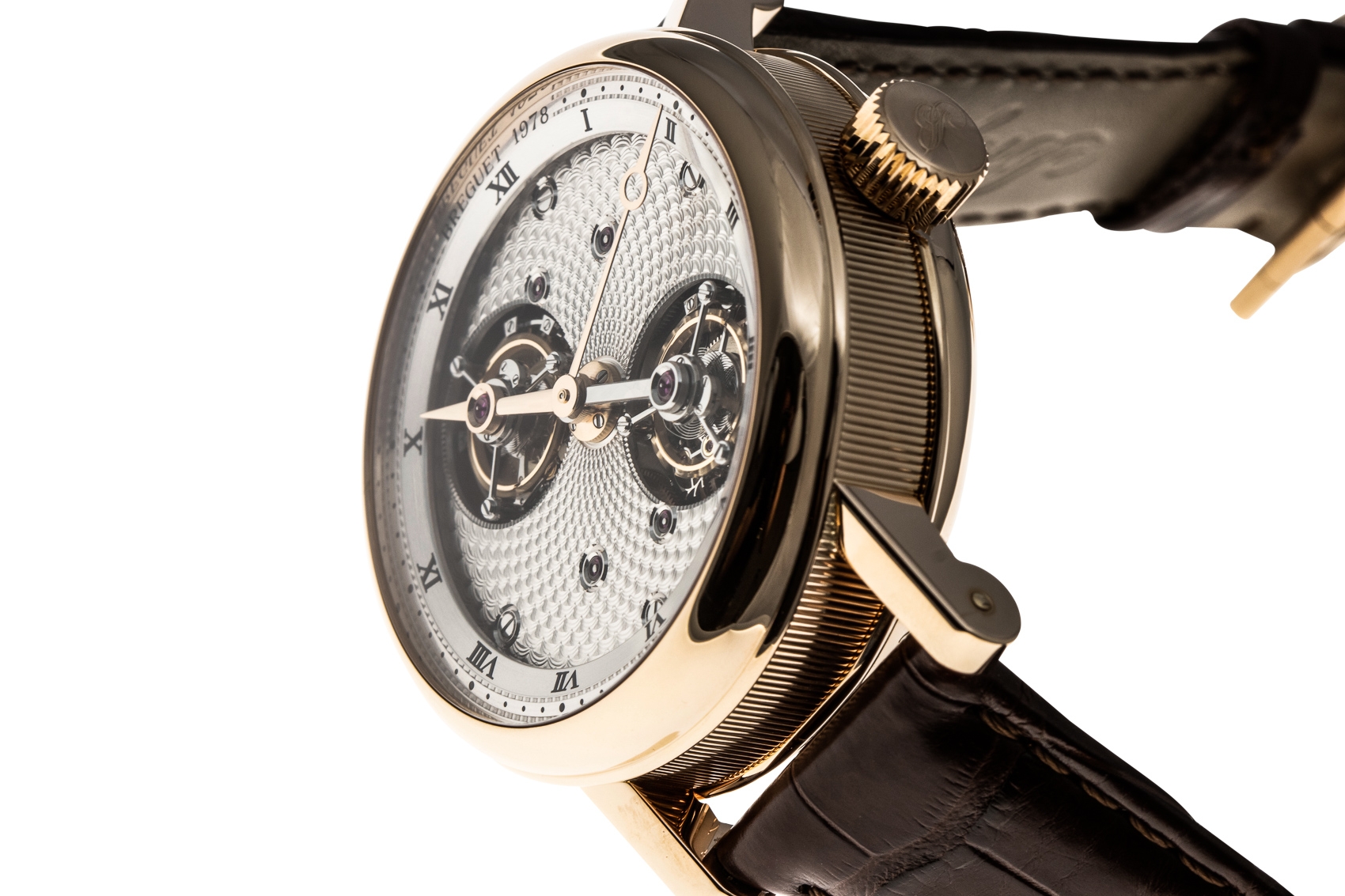

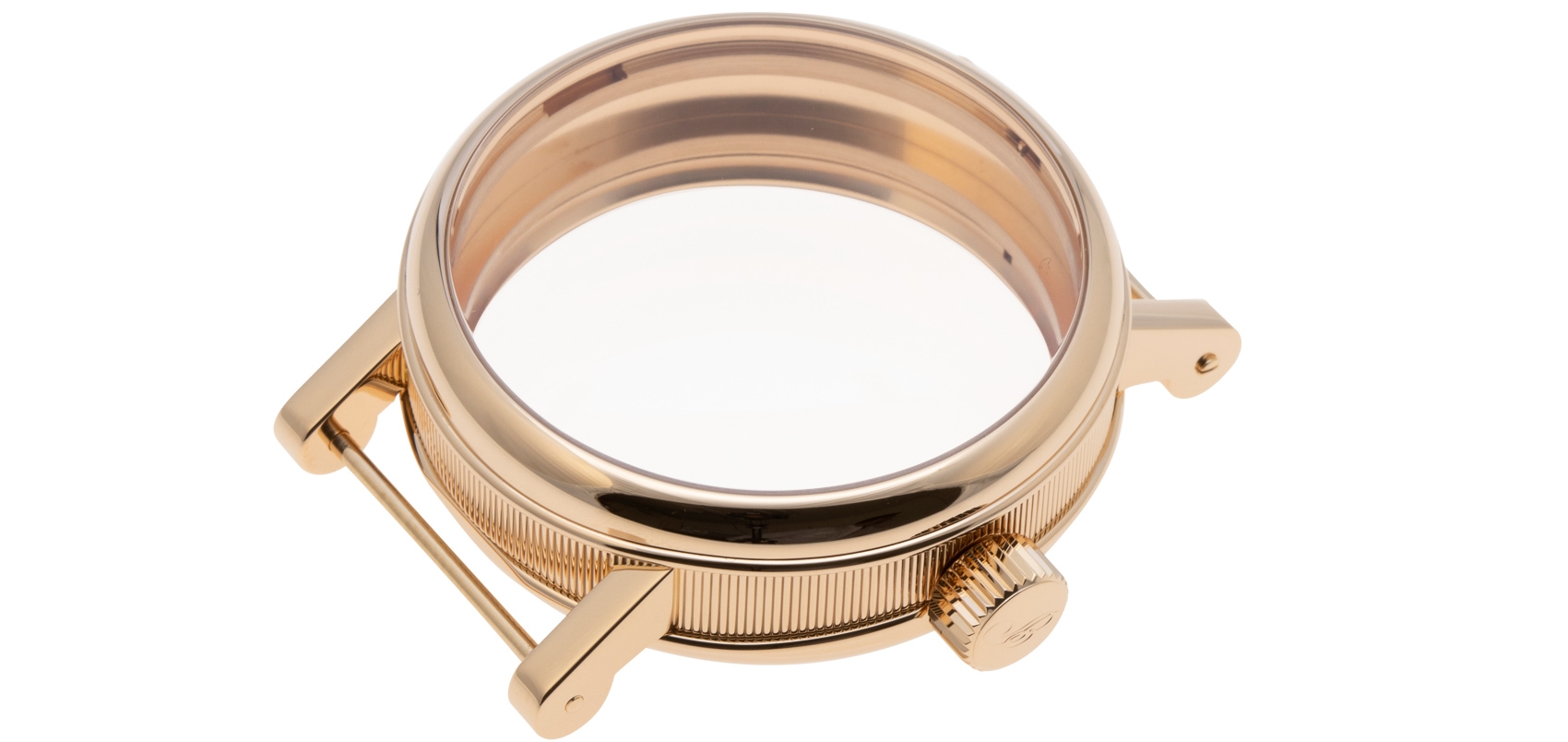
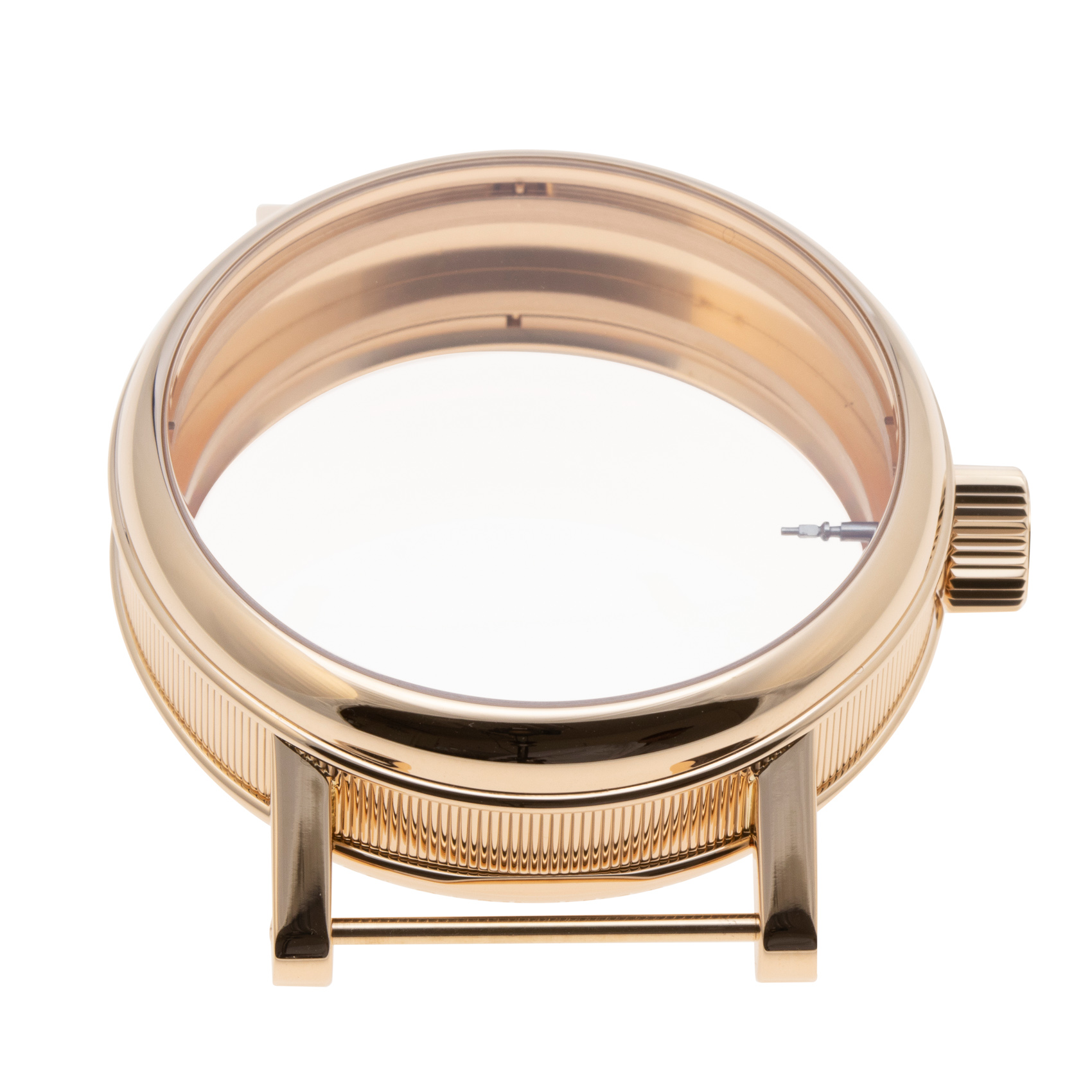
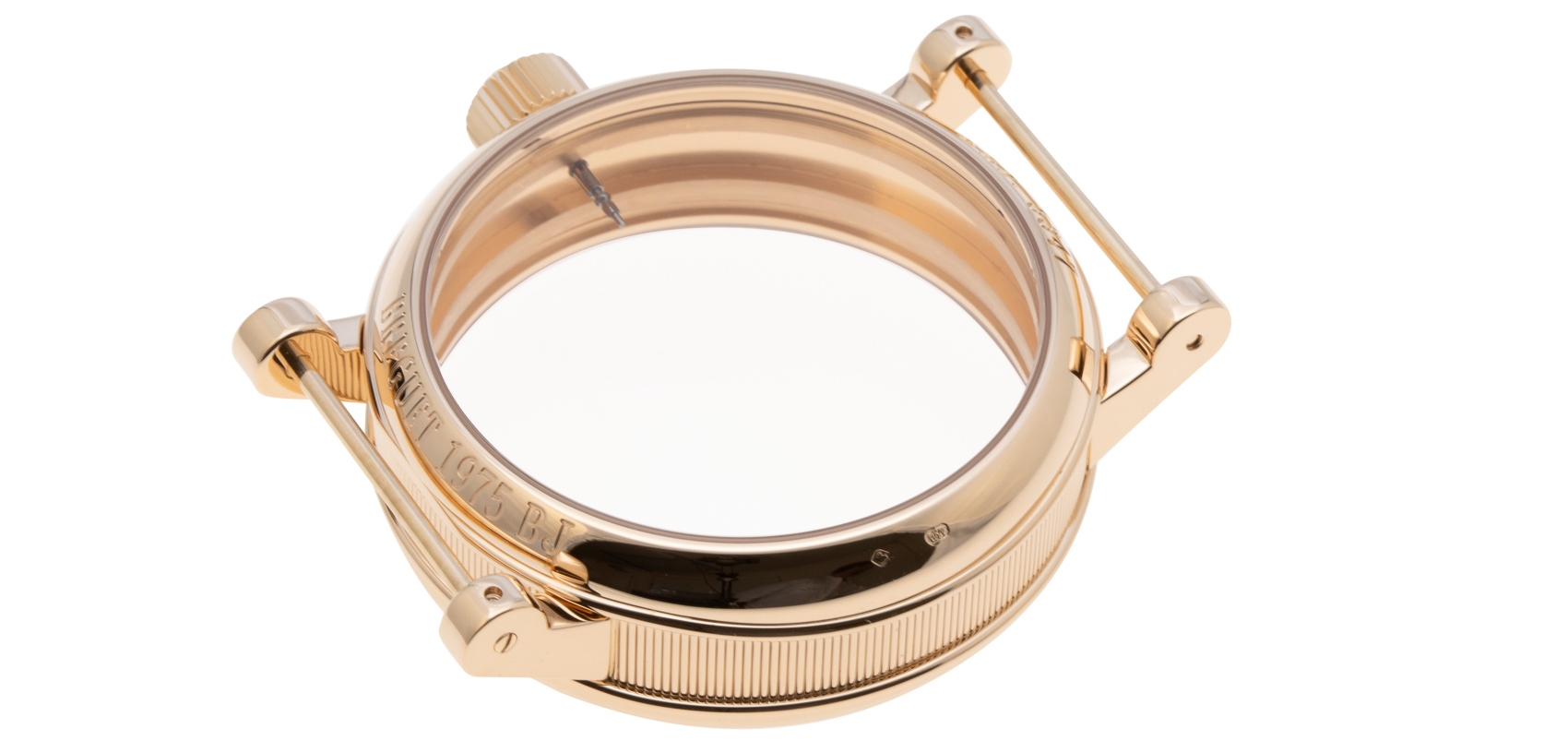
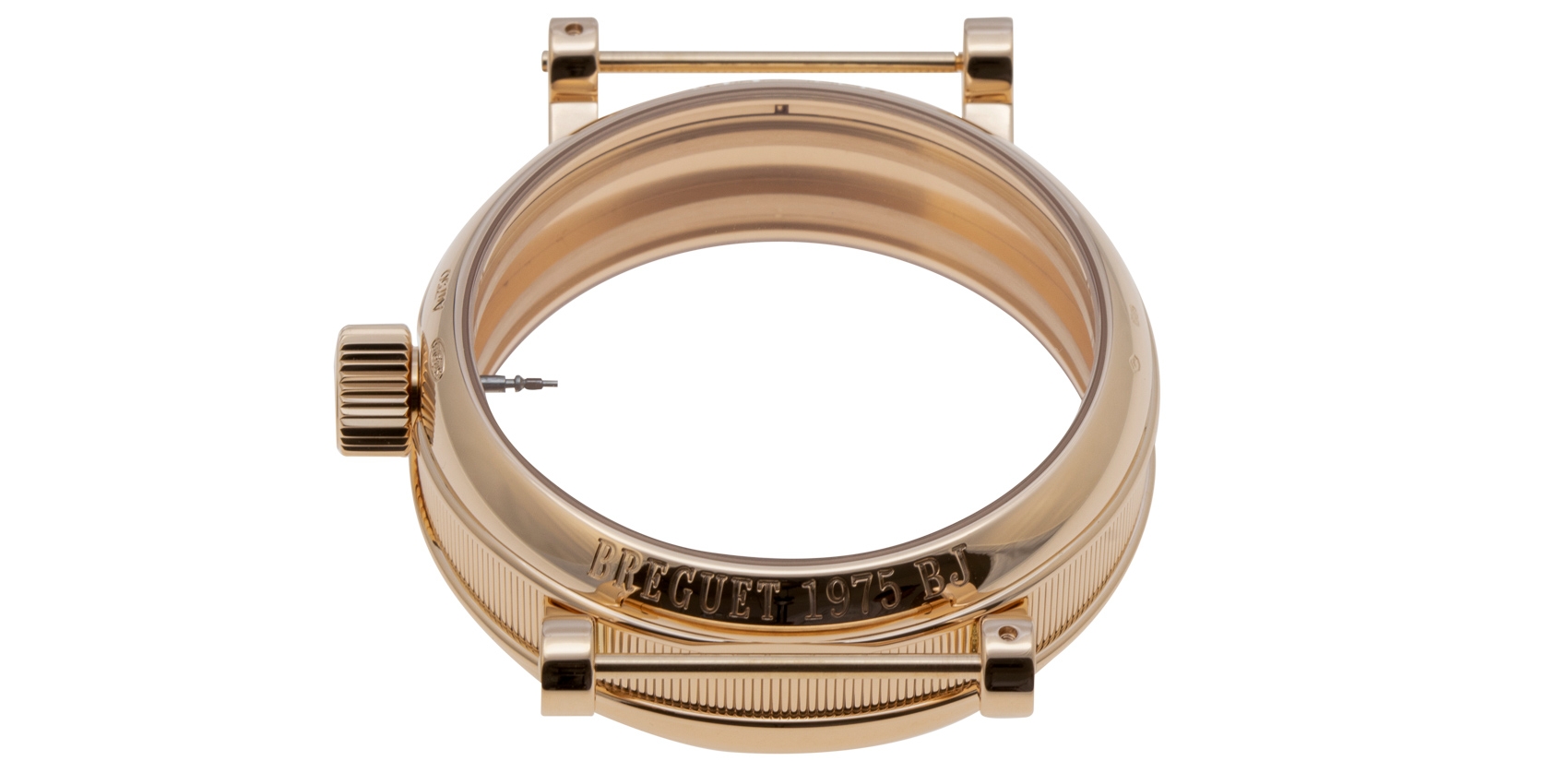
The system holding in place the strap is through an extended screw bar traversing the two shoulders with an additional locking screw tightening into a small ‘V’ section near the slotted head of the screw.
Specialised tooling.
To learn more about Breguet www.breguet.com











